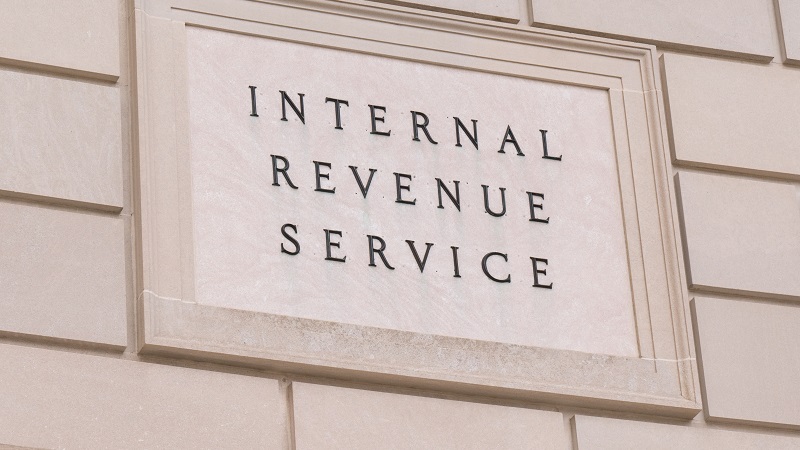William Pauls is a Managing Director with Deloitte Tax LLP, and is a member of Deloitte’s Washington National Tax (WNT) Corporate Tax group. In his current role, Mr. Pauls regularly advises clients with respect to structuring and implementing corporate reorganizations, stock and asset acquisitions and dispositions, spin-offs and other corporate separations, internal restructurings, and other transactional matters. Prior to joining Deloitte, Mr. Pauls was a partner with an international law firm, and he also previously served as Attorney-Advisor to The Honorable Mary Ann Cohen of the U.S. Tax Court.
Jason Gritton is a Senior Manager with Deloitte Tax LLP, and is a member of Deloitte’s WNT group. In his current role, Mr. Gritton’s general focus is assisting multinational clients integrate tax planning into their overall business strategy. He has experience with both corporate and flow-through structures in inbound and outbound settings throughout various industries. Mr. Gritton began his career with Deloitte’s Denver office in 2010, where he worked in the international tax group. In 2015, he transferred to the international tax group within the WNT practice. He is a licensed CPA in both Washington, D.C. and Colorado.
The foregoing Deloitte practitioners answered the following questions for BEPS Global Currents on October 25, 2018 regarding the global intangible low-taxed income (GILTI) Proposed Regs released by Treasury on September 13, 2018 (the “Proposed GILTI Regs”):
Q: The Proposed GILTI Regs address computational issues and ambiguities, but are there any computational issues that you feel are still outstanding and would like resolved by Treasury?
A: As part of the U.S. Tax Cuts and Jobs Act (“TCJA”), Section 951A was enacted into law, and generally requires U.S. shareholders of controlled foreign corporations (“CFCs”) to include their pro rata share of GILTI in their gross income. The statutory framework for determining GILTI is quite complex and, as a result, taxpayers and practitioners needed guidance from Treasury in applying Section 951A.
We hope that most of the remaining computational items will be addressed in future proposed GILTI guidance. For example, we are looking forward to guidance on the computation of deemed paid taxes with respect to GILTI inclusions under Section 960(d), including the determination of taxes that are properly attributable to “tested income.”
In addition, it will be interesting to see whether the final GILTI regulations provide us with additional modifications to the computation of taxable income under Reg. 1.952-2(c) for purposes of determining “tested income” or “tested losses” of CFCs.
It will also be interesting to see how the basis adjustment rules for net used tested loss amounts might change in the final GILTI regulations.
Q: Are you satisfied with how the Proposed GILTI Regs address GILTI calculations for U.S. shareholders of a consolidated group?
A: Overall, we believe that Treasury and the IRS should be commended for their efforts in developing a mechanism for the application of the rules of Section 951A in the context of a consolidated group.
While Treasury and the IRS recognized that different avenues may be available for purposes of determining a consolidated group member’s GILTI inclusion amount, they settled on an approach that, in the first instance, aggregates the pro rata shares of “tested loss,” qualified business asset investment (QBAI), “tested interest expense,” and “tested interest income” of each member of the consolidated group, and then apportions each aggregate amount to each member of the group that is a U.S. shareholder of a tested income CFC. In utilizing this approach, Treasury and the IRS effectively eschewed considerations surrounding the location of a CFC’s ownership by the members of a consolidated group, which may make the administration of this approach more efficient over the long haul.
The proposed amendments to the investment adjustment rules under Reg. 1.1502-32(b)(3)(ii) and (iii), along with the rules concerning the adjustments to CFC stock basis under Prop. Reg. 1.951A-6(e), are worthy of further consideration. In our estimation, these proposed rules could give rise to disconnects between a consolidated group member’s inside asset basis and its outside stock basis, which is an outcome that runs counter to the normal operation of the U.S. consolidated return regulations.
Q: The Proposed GILTI Regs say that future GILTI regs will address the interaction of GILTI with foreign tax credits (FTCs), Section 163(j) interest limitation, and Section 267A anti-hybrid rules. Which of these are you looking forward to the most, and why?
A: FTC guidance is probably at the top of the list for most taxpayers. We are very interested to see how the government will address expense allocation and apportionment to the GILTI FTC basket.
There are also questions with respect to Sections 163(j) and 267A that we are hoping will be addressed in the near future, including whether, and to what extent, these provisions apply for purposes of computing “tested income” or “tested losses” of CFCs.
This article contains general information only and Deloitte Tax is not, by means of this article, rendering accounting, business, financial, investment, legal, tax, or other professional advice or services. This article is not a substitute for such professional advice or services, nor should it be used as a basis for any decision or action that may affect your business. Before making any decision or taking any action that may affect your business, you should consult a qualified professional advisor. Deloitte Tax shall not be responsible for any loss sustained by any person who relies on this article.
Click here for more information on our BEPS research and technology solutions to address your immediate and ongoing needs.






